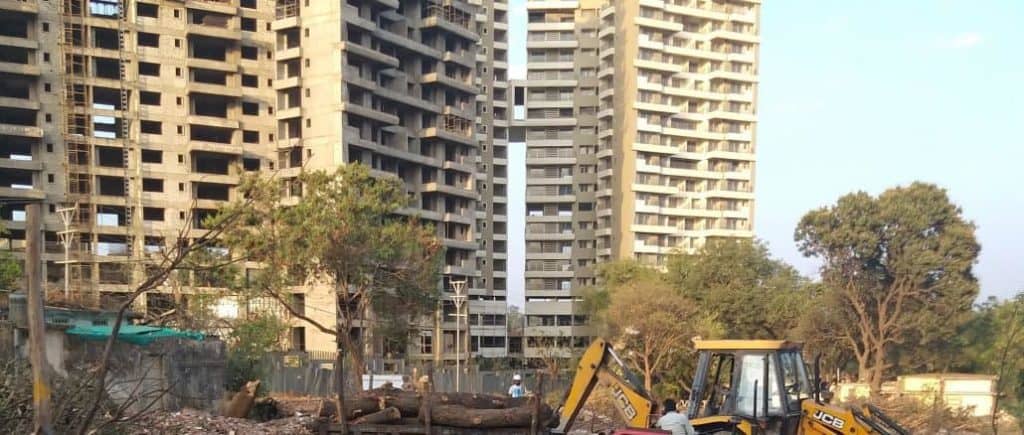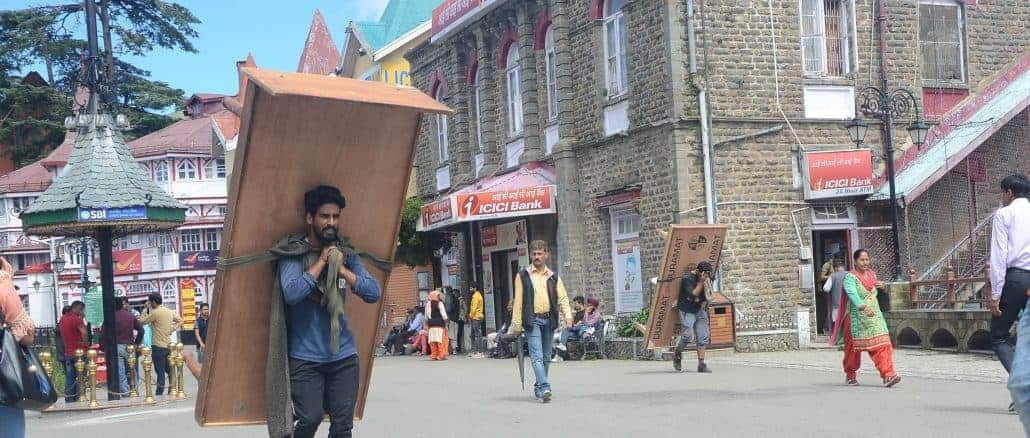Rapid urbanisation in India brings with it an unprecedented level of stress on the infrastructure, resources and public services of our cities, many of which are already stretched to their limits.
Ask Shimla, Mussoorie, Leh or any other Himalayan town and they will relate the woes arising from unplanned urbanisation, irresponsible tourism and an unsustainable model of growth followed by the state. A ‘green bonus’ or a separate ministry may not be enough to reverse the damage being done.
It is imperative that the planning for this growth focuses on livability, safety of residents, reliability of services for all, and equitable opportunities for learning and employment for its citizens.
A report presented at WEF Davos in January 2019 highlights this issue well.
“The solution lies in inclusive urbanization processes that prioritize quality of life for all, focusing especially on the needs of vulnerable urban groups for employment, housing, sanitation, healthcare and education. Most importantly, planning must incorporate long-term resource sensitivity and community involvement at every step, while benchmarking smart and measurable outcomes for all stakeholders.”

The project Revival of cities, for which part funding has been received from Rohini Nilekani Philanthropies (RNP), covers topics or major issues affecting citizens, in-depth reporting and follow ups, complemented by analysis, commentary and op-eds that contribute to a larger body of knowledge about our cities. Topics include water, waste, mobility challenges, environmental issues like air pollution and climate change, inclusive city and the lives of the differently-abled, policies and infrastructure, the reality of migrants’ lives and low-income groups
In 2019-20, Citizen Matters scaled up regular city coverage significantly with help of this funding. During the year, a total of 956 stories were published. Of these, 342 were published under the National channel with help of the part funding received from RNP. Under the project Revival of cities, we published stories from a total of 14 locations, ensuring cities where quality journalistic contributions, as well as a responsive audience, intersected.

